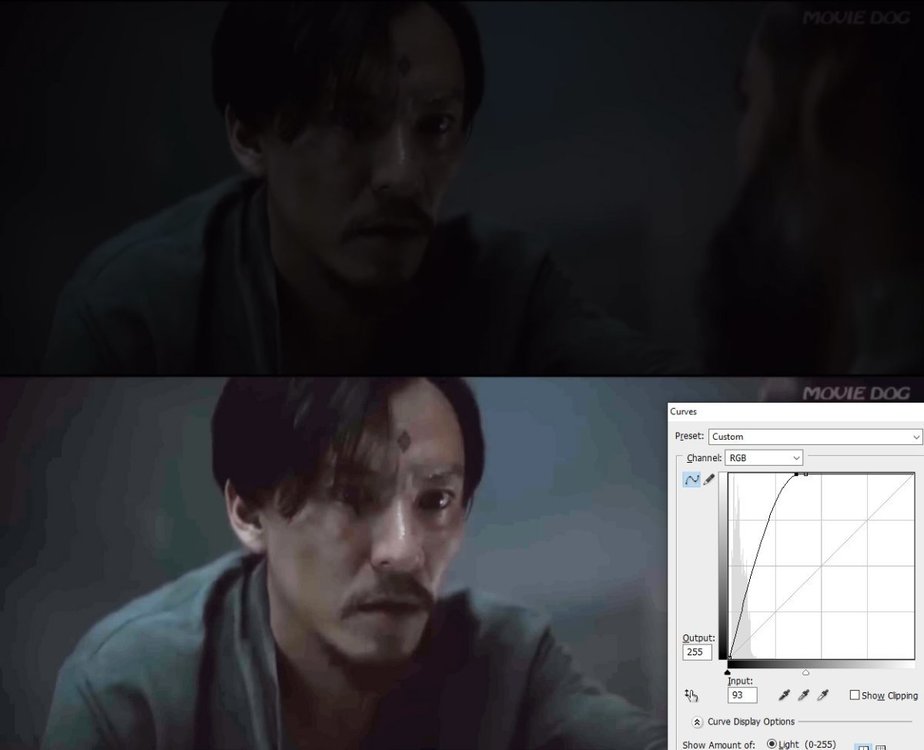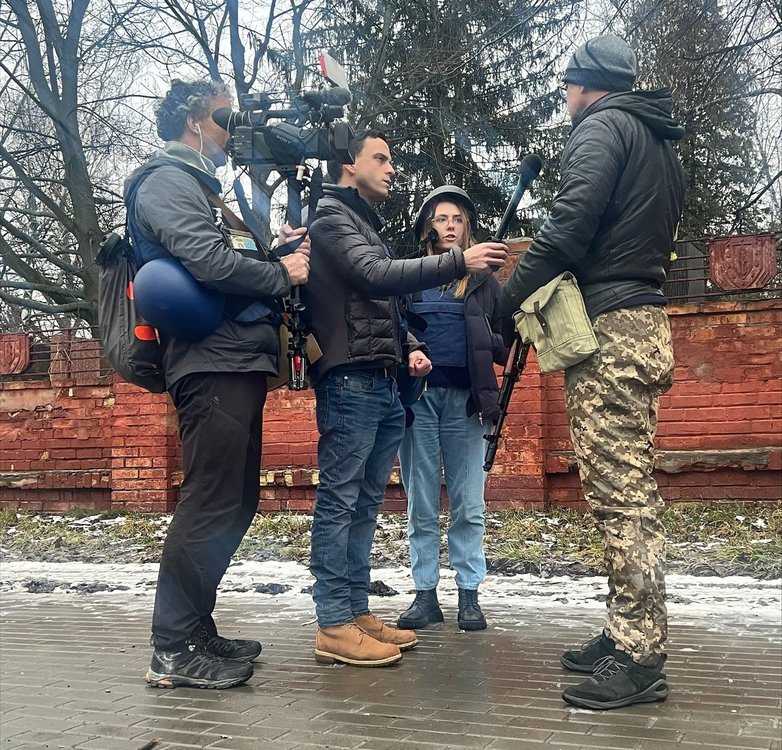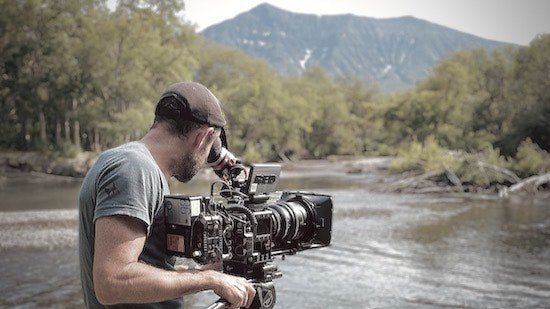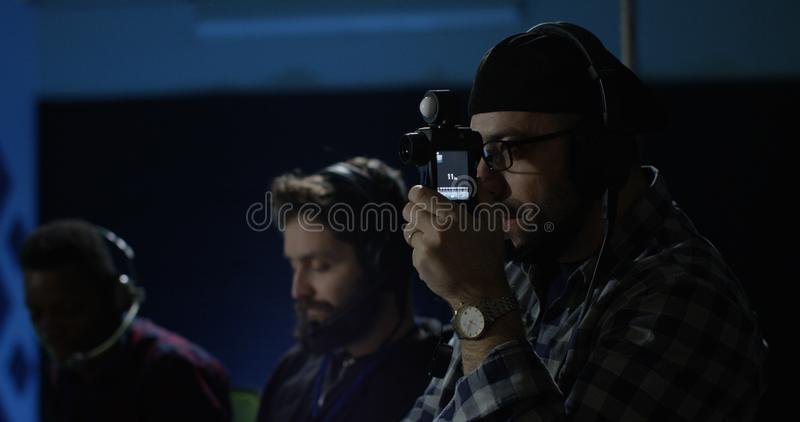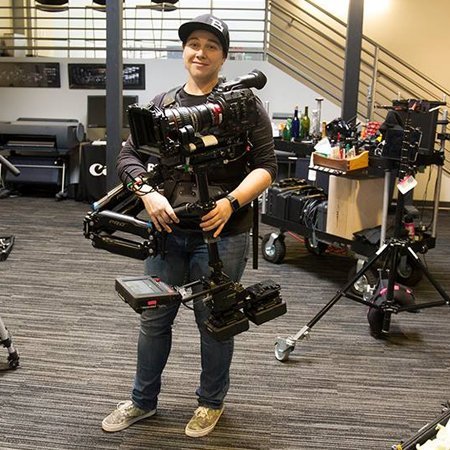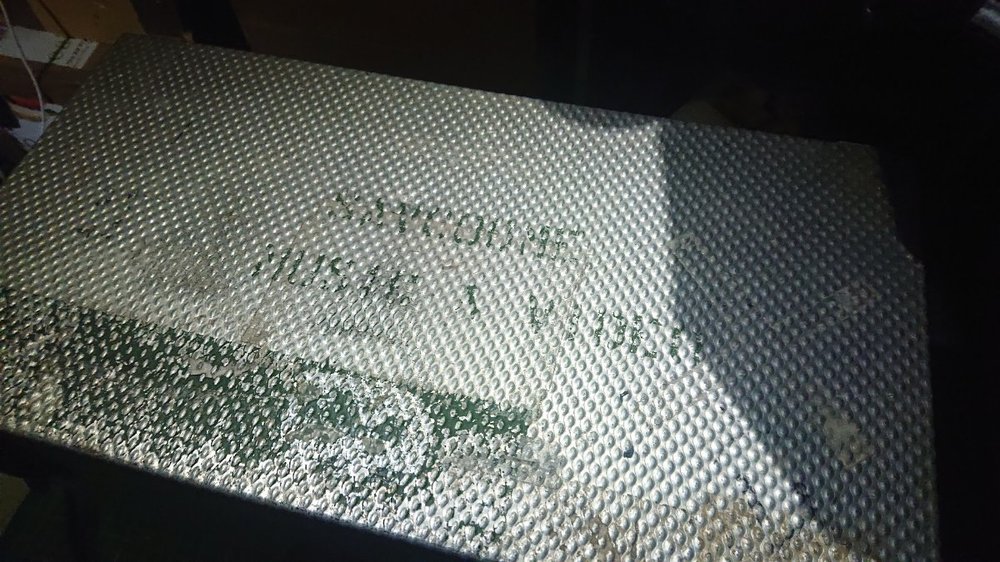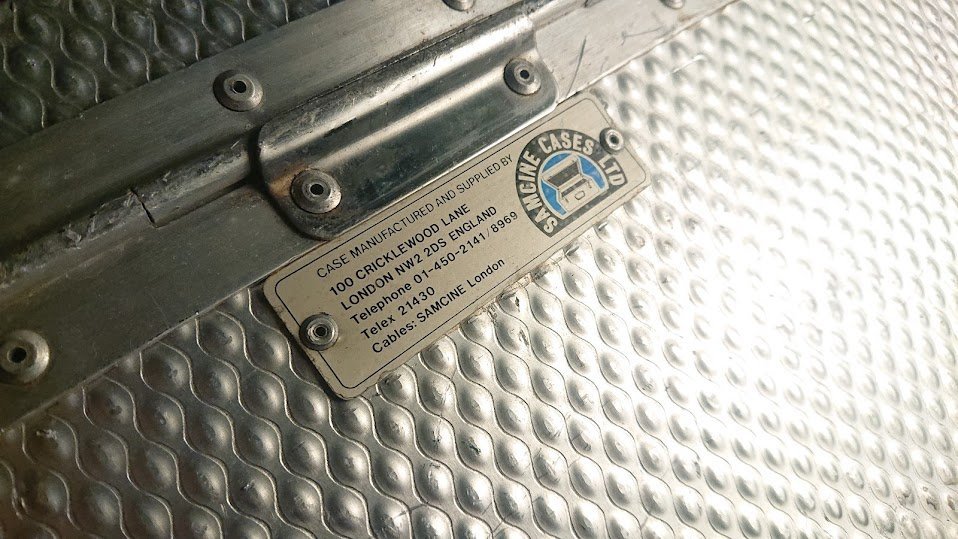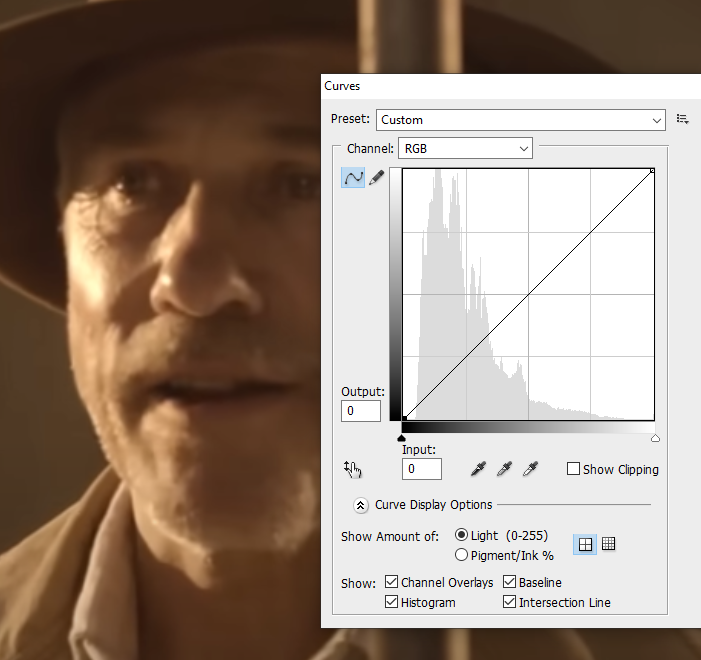-
Posts
13,750 -
Joined
-
Last visited
Everything posted by Phil Rhodes
-
Sure, fine, but in the end there are only so many arrangements of physics that actually create green LEDs. In the mainstream there's really two, types based around gallium phosphide, which are the rather feeble grassy-yellow-green variety used in indicator lights, and types based around gallium nitride, sometimes called "pure green". It's not as if some designer somewhere has the ability to use the some kind of super-deep-green LED because it doesn't exist, just as very deep blues didn't until fairly recently (and are still rare and expensive). Actual Xenon lights, at least of the type used in film projectors, are DC driven and don't flicker (otherwise they wouldn't work in film projectors). If we're talking about arc and discharge lights generically, a lot of scanners (certainly Spirit and Northlight) absolutely do use various types of short arc or metal halide light sources and presumably use flicker-free ballasts to avoid issues. Again, modern video projectors tend to use light sources of this approximate type and would suffer terribly if there were unsolvable flicker issues. And yes, that's the sort of light box I had in mind. It could be driven by an LED source, although the result might lack deep indigo. Presumably someone has actually done all the work on this and figured out whether film stock really does have a colour gamut larger than the one created by RGB LEDs. I haven't compared the output of either of the common green LEDs to the greens of film stocks and I'm speculating, but I wouldn't be too shocked if it presented a limitation.
-

I bought a used equipment case. It is very old.
Phil Rhodes replied to Phil Rhodes's topic in General Discussion
Trying to put the camera in sideways is an absolute nuisance, so I think what I'll likely do is put some (more) feet on what's the bottom surface in that shot, and rely on standing it up, with the handle on the front, to get at what's inside. Weird layout. No idea why they did it like that. It's almost more like a very, very deep and oversized briefcase, and they did make those in briefcase sort of formats, so maybe that's it. I notice a lot of similar cases use removable trays in the position that would be behind the camera in this case, making room for accessories, and I may look into doing something like that. The only problem is that you then need somewhere to put them when you take them out. -

I bought a used equipment case. It is very old.
Phil Rhodes replied to Phil Rhodes's topic in General Discussion
-
I hadn't had time to peruse this thread until today but it's quite an interesting question. I hesitate to say too much having not seen the files and not knowing much about how the scanner was set up. Even so, much as I think he was misunderstood early in the thread, I see what Larry means by his observation that the colours in the scanned files seem to clip against the edge of the sRGB/709 gamut. That's a reasonable concern and my immediate reaction would be to assume it's clipping the colour gamut. One issue which springs to mind here is that this is, we're told, a scanner using RGB illumination and a monochrome sensor. Much as that's great with respect to getting no-compromise cosited RGB information, using LEDs to do this does raise a couple of concerns. There's a decent red emitter available, but most (not all) LED blue is more royal blue than the deep indigo we might prefer. Green-emitting diodes, in particular, are notoriously not a very deep green. I have never looked into this formally, but I would speculate fairly confidently that there are deeper greens in film negative than the green of the sort of LED that is likely to be used in this sort of application. This would intrinsically clip the colourspace of the scanner in a way that you can't really do much about and that would be a shame. Alternatives would be to use a more full-spectrum light source and dichroic filters, which would end up looking rather like the part of a contact or optical printer that responds to colour timing numbers. I can fully understand that the designers of these things might prefer to avoid the cost, bulk and maintenance issues of a complex piece of mechantronics like that, and so an easier approach might be to use phosphor-converted white-light LEDs and filter their output green. This would be very inefficient, optically, but for the sake of a scanner that might be a worthwhile tradeoff. As I say, I'm speculating wildly here and much of what I've said might be utterly wrong, but feeble LED greens affect colour mixing lighting devices too, where they make it difficult to generate deep cyan and yellow-orange-red colours, which is exactly the concern Larry reports. The ability to render the deep, powerful turquoise of a tropical sea over white sand is often given as a motivation for the development of the Rec. 2020 colour gamut, which can handle those colours in a way that 709/sRGB just can't. For what it's worth, the filters on a Bayer or other CFA sensor also tend to be rather feeble and that's one reason Bayer cameras struggled for years to produce workably accurate colour, until people got smart enough to apply a lot of matrixing. This probably wouldn't ywork so well with RGB LED scans because the problem isn't solely that the green is unsaturated - it's pretty saturated - it's just too yellow. There is not much ability to fix this sort of thing in post. Does any of that make sense to anyone?
-

Teradek Bolt Old vs. New?
Phil Rhodes replied to Stephen Sanchez's topic in Camera Assistant / DIT & Gear
The claim is that the Bolt 4K has higher reliability when operating in HD because of the larger bandwidth overhead. In practice it's often very difficult to isolate that sort of advantage from other sources of trouble, particularly the general RF environment which is quite busy at these frequencies. So in short yes, but it's not night and day. -
Consider this (click to embiggen) Top image is from Dune; bottom image is corrected for a more normal exposure appearance. It's a fairly straightforward toplight with what you might call a kicker on camera right, a sort of setup that seems to be very in favour at the moment. Not particularly unconventional and as so often, most of the work to emphasise the face is done by the otherwise muted production design and what looks like a fairly pronounced post production vignette. But it's so dark. It occupies barely more than the bottom eighth of the sRGB brightness range. It's justified in context, perhaps, as the scene takes place during a disastrous defeat in which the building is being overrun by enemy forces. Traditionally this sort of thing would have had a cheesy blue-green moon backlight, which, okay, has long since been something of a cliche, but it does prevent the image turning into this puddle of ill-defined gloom that almost looks soft, it's so poorly-defined. Maybe the kicker could have been two or three whole stops hotter, so that at least the highlight in his eye was sort of visible. All kinds of things could be motivated. I remember having the same concern about Chernobyl, of which I posted examples here in a thread Karim started to discuss this very issue. Both it and Dune look great, of course, but there's a certain commonality in using what I'd refer to as extreme underexposure on a scene that's otherwise fairly pedestrian in appearance.
-
I got to see the new 18mm Supreme on a projector at Zeiss's LA facility just after NAB, and I have to say it looked pretty spectacular. Some slight smearing and aberration in the very corners of the LF area, but sheesh, when you see it projected and you realise the crazy angles it has to contend with, it's astounding.
-

I caught a weird effect on camera. Which one?
Phil Rhodes replied to Vitor Delduque's topic in General Discussion
You're not shooting through strange bits of glass, filters, etc? Looks optical to me. -

Choosing the right program
Phil Rhodes replied to Hope Caracci's topic in Students, New Filmmakers, Film Schools and Programs
A career behind a camera could mean a lot of different things. All of them have different amounts of creative involvement and demand different skillsets. Probably a good idea to figure out what the goal is, first. Off the top of my head, choices include: - Studio camerawork on live (or as-live) television shows, or on sports events - News production out in the field (yes, these people are wearing bulletproof vests, but that's not... every day...) - Nature or other kinds of documentary - Movies and TV shows, on which you could do all kinds of jobs: -

Are editors frustrated filmmakers?
Phil Rhodes replied to Daniel D. Teoli Jr.'s topic in General Discussion
Couldn't you say that about more or less anyone in the whole industry, or anyone in any industry where different people do different jobs? What I've noticed, more than any particular role aspiring to more or less any other, is that there are people who don't want to specialise and lose access to certain parts of the process. Working on bigger, more prominent productions tends to require specialisation, so anyone who wants to shoot and edit and write and direct often has to give up access to tentpole features in order to do that. It's something of a pity because it leads to people existing in professional silos that can sometimes be very, very narrowly defined in a way that sometimes isn't great for either the individual or the production. -
I'm sort of fascinated. What sort of projects are you likely to do?
-

Flower blooming and wilting time lapse
Phil Rhodes replied to Phil Rhodes's topic in Camera Operating & Gear
I've never felt the need to tether anything and I'm honestly not that sure the original 7D will do it with modern software, but I'll certainly look into it. -

I bought a used equipment case. It is very old.
Phil Rhodes replied to Phil Rhodes's topic in General Discussion
Believe me, this thing is never, ever going to be a shiny steal me case ever again! I don't mind the old lettering but I might clean it up to the point where it isn't actively... Sticky... It is a rather odd layout. Either orientation makes it hard to exclude the possibility of things tumbling out if the latches gave way. I notice that similar cases with the handle on top of an opening lid tend to have the big flat paddle latches, as seen on flight cases, rather than the drawbar type. -

I bought a used equipment case. It is very old.
Phil Rhodes replied to Phil Rhodes's topic in General Discussion
Welp, the case I have here uses exactly the same style of handle shown in the promotional photograph in that catalogue, so I'm guessing 80s. This one is 24x12x12.5 inches, which pretty much makes it a natural camera case. "Rigidised aluminium," eh? Thanks! -

I bought a used equipment case. It is very old.
Phil Rhodes replied to Phil Rhodes's topic in General Discussion
It was all a bit before my time, but I know the name. That address on Cricklewood Lane is now one of the halls of residence for Middlesex University, a building which itself doesn't look like it was built that recently, so I guess the company has been gone for decades. This thing has a few unoccupied holes in it, which suggests it's seen a few different uses over the years. There were a few scraps of foam suggesting it had been used to store a set of substantially flat objects that could be held in slots. It's odd, because the handle is on what feels like the side, and the feet are on what therefore feels like the back. I'm going to put a camera in it which I'd rather not roll on its side to move around, and I'm pondering relocating the handle to the lid, but I guess then the whole thing is dependent on the drawbar latches to avoid falling open while being carried. I am currently attacking the tape goo with various harsh solvents. Could it be forty years' worth? -

Flower blooming and wilting time lapse
Phil Rhodes replied to Phil Rhodes's topic in Camera Operating & Gear
That is a good idea. I'd like to see it open up from its supplied state, which will require it being in water, but if I can drain the water (without moving the flower!) it should then wilt fairly quickly. Possibly, although we're sort of in a "we've got what we've got" situation. -
-
Presumably, yes. I wonder if they went down Northumberland Avenue and along the North Bank. Presumably we'll find out if they do the same thing next year.
- 11 replies
-
- 1
-

-
- queen elizabeth ii
- yousuf karsh
-
(and 4 more)
Tagged with:
-
Pretty clearly taken from the roof of the Grand Building (not to be confused with the Grand Hotel, opposite), looking southwest almost up the Mall. Building at top centre is Uganda House, now (and possibly then) the location of the Ugandan High Commission. What doesn't make quite so much sense is why the procession didn't immediately turn right down Whitehall, which would be the fastest route to Westminster Abbey. That's the turning with the row of people standing across it. Any other route makes almost no sense. Likely location of photographer is about here, given the flag-waving enthusiast at the bottom right.
- 11 replies
-
- queen elizabeth ii
- yousuf karsh
-
(and 4 more)
Tagged with:
-

Bad cinematography, bad direction.
Phil Rhodes replied to Adam Frisch FSF's topic in On Screen / Reviews & Observations
It looks a lot better if you clamp the black level back down. It doesn't solve all the problems, of course, but look how sat up it is. Dubiously competent post production, I fear. To be fair, it is quite easy to accidentally do that when preparing things for YouTube and similar, but it'd be very much in the category of schoolboy errors. -
I may have to shoot a timelapse of a flower which needs to start off fairly undeveloped, bloom, and wilt. This'll take - what - a good week, I'd have thought? The finished sequence probably only needs to be under a minute, which is 1440 frames; assuming a week that's a frame every seven minutes, though I'd be keen to shoot more than that if I can find a big enough flash card, then things which may happen unexpectedly quickly will still have enough frames. This is likely to involve something like a Canon 7D. Needless to say, I'll need to set things up with mains power, completely consistent lighting, lenses that don't suffer iris bounce, and as much physical stability as possible - and resist the urge to poke at it. I've shot some timelapse before, but mainly sunrises and things that take only a few hours. Naturally, given the time involved, I'm keen not to make too many schoolboy errors. Any advice gratefully received.






